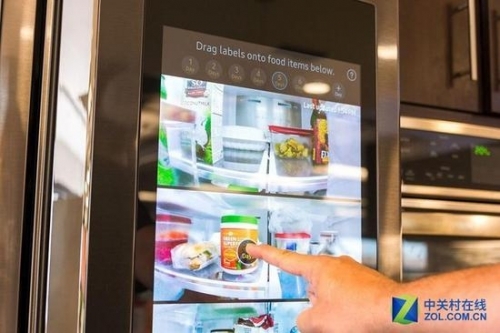
Smart kitchen? Sorry, we only saw intellectually retarded products.
These so-called smart kitchen appliances may appear intelligent on paper, but their intelligence often seems misplaced. For example, a smart range hood might be able to answer how far Gemini is from Earth, while a smart fridge could play the latest American TV show. Yet, when you ask them for help on how to fry a candy, none of them can provide a clear, helpful response.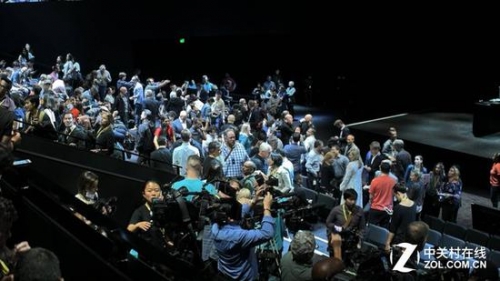
These smart appliances seem to have disappeared after the cool release.
Nowadays, almost every major home appliance and tech company is launching new "smart" products. At press conferences, these features are often described as cutting-edge and highly intelligent, with heartwarming stories about their design and development. Such marketing strategies capture attention and spark discussions among consumers. But after the initial buzz fades, what remains is mostly frustration. Most of these smart devices end up being more of a gimmick than a useful tool.
Three mental retardations from artificial mental retardation love sauce
The kitchen is one of the most complex and high-tech areas in the home. In the past two years, smart kitchen appliances have taken a large share of the smart home market. From smart refrigerators and range hoods to steamers, ovens, and stoves, nearly every kitchen appliance now comes with some form of "smart" feature. But how do these features actually work?More remote control
Remote control:
This feature is currently the most commonly used "smart" function across all smart home appliances, including kitchen devices. It allows users to control their appliances remotely via a mobile phone or app. While this sounds convenient, it's often more of a novelty than a necessity. In China, where cooking habits differ from Western countries, few people would leave their kitchen appliances running unattended. The feature lacks both practicality and safety, and many users find it unnecessary. Most of these remote controls are added just for the sake of having a "smart" label, not to solve real user problems.
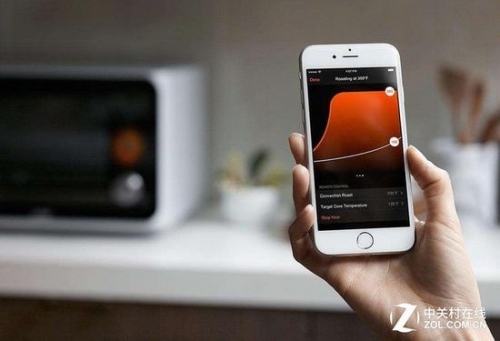
Remote control is currently the most used "smart" feature
Moreover, many of these remote-controlled devices simply move the physical control panel from the appliance to an app, without creating a cohesive smart system. As a result, users end up with multiple apps for different devices, which is inconvenient and confusing.
Useless smart screen
Smart screen:
Many smart kitchen appliances now come with built-in screens, allowing users to access recipes, watch TV, or listen to music while cooking. Sounds great, right? But in reality, these screens are often more of a burden than a benefit. Cooking in Chinese kitchens is usually loud and smoky, making it difficult to enjoy any audiovisual content. Plus, most people who cook don't want to spend time watching TV or scrolling through a screen while preparing food. A smartphone is much more convenient for checking recipes or videos than a small kitchen appliance screen.
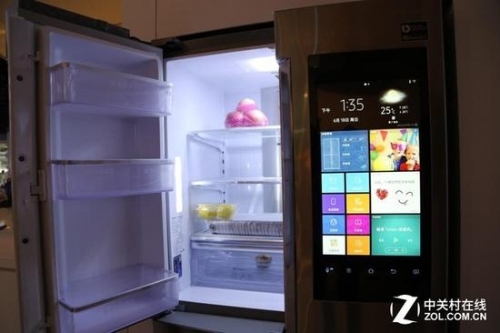
Do we really need to watch TV on kitchen appliances?
In addition, the fast-paced nature of Chinese cooking means that even a few seconds can affect the outcome of a dish. There's little time to check a screen during the process. Smart screens, therefore, often feel like a luxury rather than a necessity.
Chicken ribs to the home of food management
Intelligent food management system:
Smart refrigerators often claim to offer advanced food management systems that track what's inside, monitor freshness, and send reminders before items expire. On paper, this sounds impressive. But in practice, the system is often unreliable. Users have to manually input information, which is time-consuming and inconvenient. Even then, the system can't accurately detect the freshness of ingredients, leading to possible waste or spoilage.
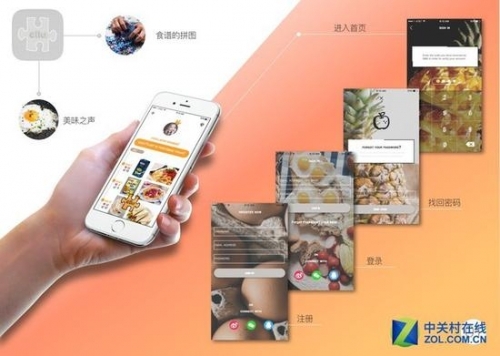
Ingredients management may be the chicken ribs in the chicken ribs
Furthermore, most consumers don't use these systems regularly, and changing habits takes time. For those who do, the interface is often too complicated, and the accuracy of the system is questionable. As a result, this feature feels more like a gimmick than a genuine improvement.
What is the really useful smart kitchen?
Reflection on "smart" kitchen appliances:
The smart kitchen industry is still in its early stages, and many of the features offered today are more about marketing than real value. Companies are rushing to add "smart" functions to stay competitive, but these features often fail to address real user needs. Consumers are increasingly skeptical of these so-called innovations, especially when they don't deliver on their promises.
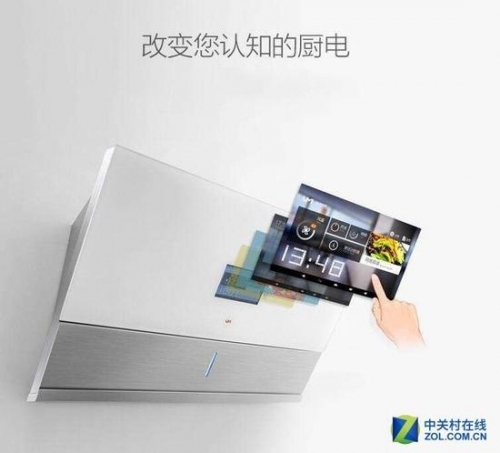
What consumers need is not "smart" "smart"
Despite the current shortcomings, there are signs of progress. Some smart appliances, like range hoods that automatically start when detecting smoke, or water heaters that adjust temperature based on ambient conditions, offer real benefits. These features may not be flashy, but they solve actual problems in the kitchen. What consumers truly want is functionality that improves their daily lives—not just a fancy label.

We need home appliances to improve the kitchen environment.
The future of smart kitchens lies in simplifying tasks, improving efficiency, and enhancing user experience. Until then, many of today’s "smart" appliances will remain more of a curiosity than a necessity. Consumers are looking for real solutions—not just the illusion of intelligence.
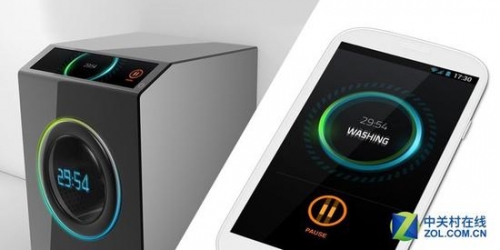
The real smart kitchen power is still a long way from us.
Electric Vehicle wire harness tube
Dongguan Zhonghe Electronics Co., Ltd. , https://www.zhonghesleeving.com